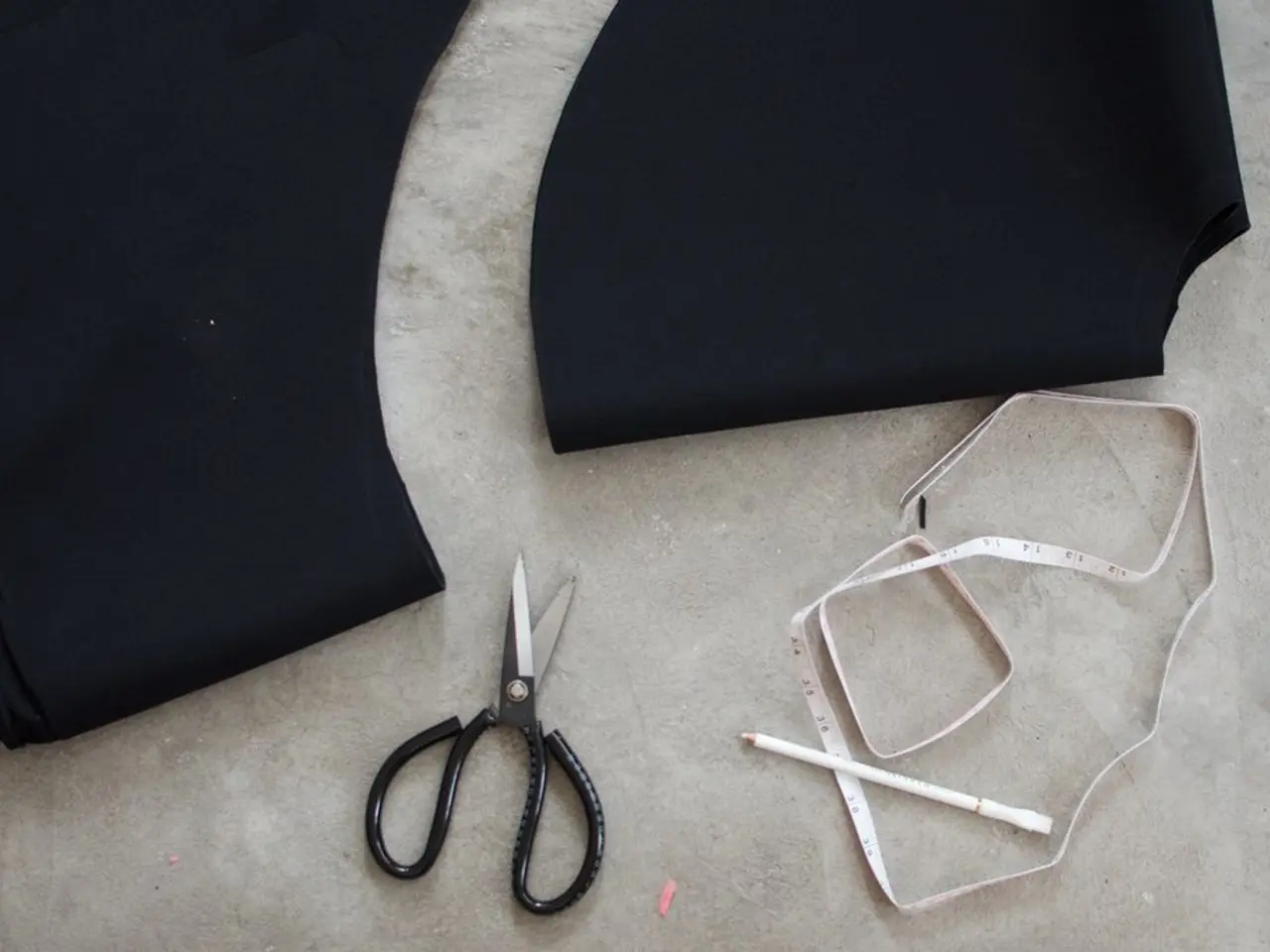Speed up your cleaning routine with this 15-minute shortcut technique
Spring is just around the corner, and with it comes a perfect opportunity to declutter our homes and lives. Debora Robertson, author of "Declutter: The get-real guide to creating calm from chaos," has transformed her life through decluttering and now hopes to help others do the same.
Researchers at UCLA's Centre on Everyday Lives and Families (CELF) have identified a direct link between clutter and the stress hormone cortisol. Accumulating 'stuff' is a human habit that stems from a natural instinct to hoard, which is no longer needed for survival. Hoarding, however, is often driven by underlying psychological factors and compulsions.
Hoarding is a common human habit primarily because it is linked to mental health conditions, especially hoarding disorder, where individuals feel a strong, often uncontrollable, compulsion to collect and keep items. This behavior may also be related to obsessive-compulsive disorder (OCD), in which fear and worry drive the accumulation of items, even if they are useless or broken. The habit may stem from emotional attachments, fear of losing important items, or difficulties in decision-making, making it hard to let go of possessions.
The negative effects of hoarding on physical and emotional wellbeing are significant and multifaceted. Hoarding creates cluttered and unsafe living environments filled with dust, allergens, and sometimes biohazards, which can cause respiratory problems such as asthma and bronchitis. This environment negatively impacts sleep quality by causing congestion, coughing, and conditions like obstructive sleep apnea. It may also impair everyday functions like cooking, cleaning, and personal hygiene, which are essential for health.
Individuals who hoard often experience increased anxiety, depression, and stress. The clutter induces feelings of being overwhelmed, helplessness, and social isolation. Problems like generalized anxiety disorder, severe depression, and obsessive-compulsive behaviors are common comorbidities. The mental impact of living in a cluttered space impairs concentration, increases racing thoughts, and disrupts relaxation or sleep, which further exacerbates emotional distress.
Decluttering, therefore, is more about focusing on what really matters to you, encouraging active decisions about what belongs in your life. Debora Robertson recommends tackling decluttering in bursts, such as 15 minutes at a time. She suggests starting the process of going to bed earlier to avoid staying up too late and feeling overwhelmed. Setting realistic organizing goals and giving oneself permission to do things imperfectly are also key to a successful decluttering journey.
Robertson recommends organizing first and buying storage systems second. She suggests scanning and shredding paperwork that doesn't require a hard copy and keeping it in a digital format. For digital clutter, such as emails and documents, she suggests sorting them in the same way as physical clutter. Hanging tote bags on doors to collect items that are not needed or loved as she moves around the house is another practical tip.
One of Robertson's most effective decluttering strategies is the 'Evening 15,' a quick evening routine that includes tasks such as folding laundry, loading the dishwasher, and putting out clothes for the next day. By completing these tasks each evening, mornings become easier and less stressful.
Juliet Landau-Pope, a leading declutter coach, defines clutter as surplus stuff that gets in the way, materially and metaphorically. By decluttering, we can create a more peaceful and organised living space, which in turn can have a positive impact on our mental and physical health.
References:
[1] Frost, R. O., & Steketee, G. (2014). The Oxford Handbook of Hoarding and Acquiring. Oxford University Press.
[2] Neuroscience and Biobehavioral Reviews, 76, 22–38.
[3] Becker, A. E., Maidenberg, D. M., & Frost, R. O. (2007). A cognitive-behavioral theory of hoarding: Rational and irrational beliefs. Behaviour Research and Therapy, 45(11), 2055–2069.
[4] Abramowitz, J. S., Taylor, S., & McKay, D. (2009). Obsessive-compulsive disorder and hoarding: A review of the literature and clinical implications. Depression and Anxiety, 26(1), 1–12.
[5] Frost, R. O., & Hartl, A. (2003). Hoarding: The acquisition of and inability to discard useless objects. Behaviour Research and Therapy, 41(12), 1419–1435.
Read also:
- More than 7,000 instances of Chikungunya virus documented in China during significant outbreak
- Bladder issues: Do symptoms occasionally appear and disappear?
- Unraveled Enigma: Small Fiber Nerve Injuries Remain Unexplored Territory for Kaiser Permanente
- City Maps for Solingen's Municipal Offices Now Accessible





